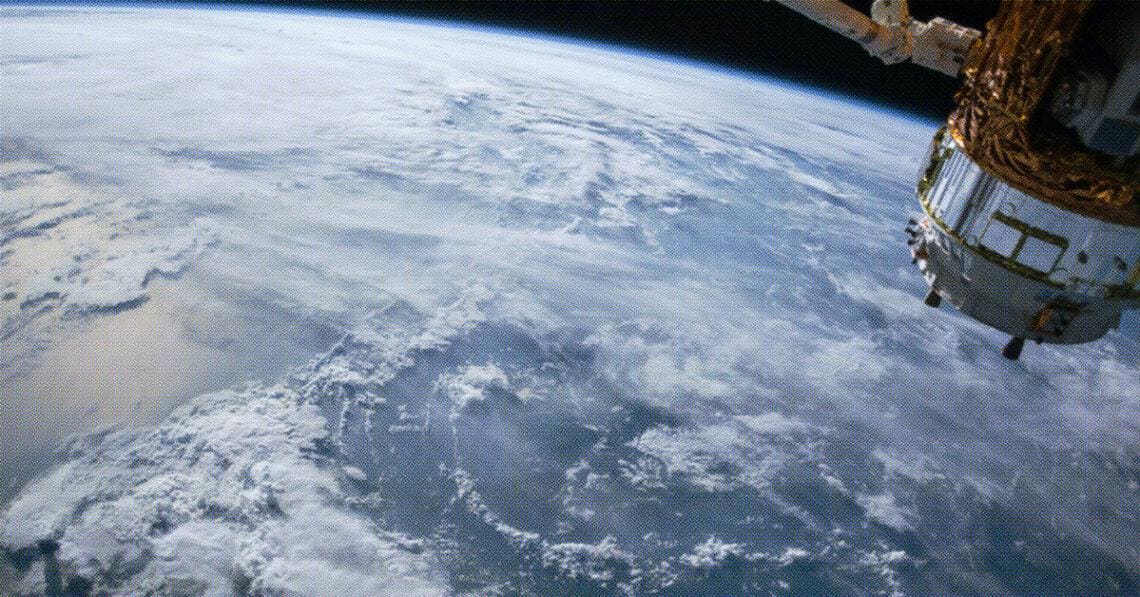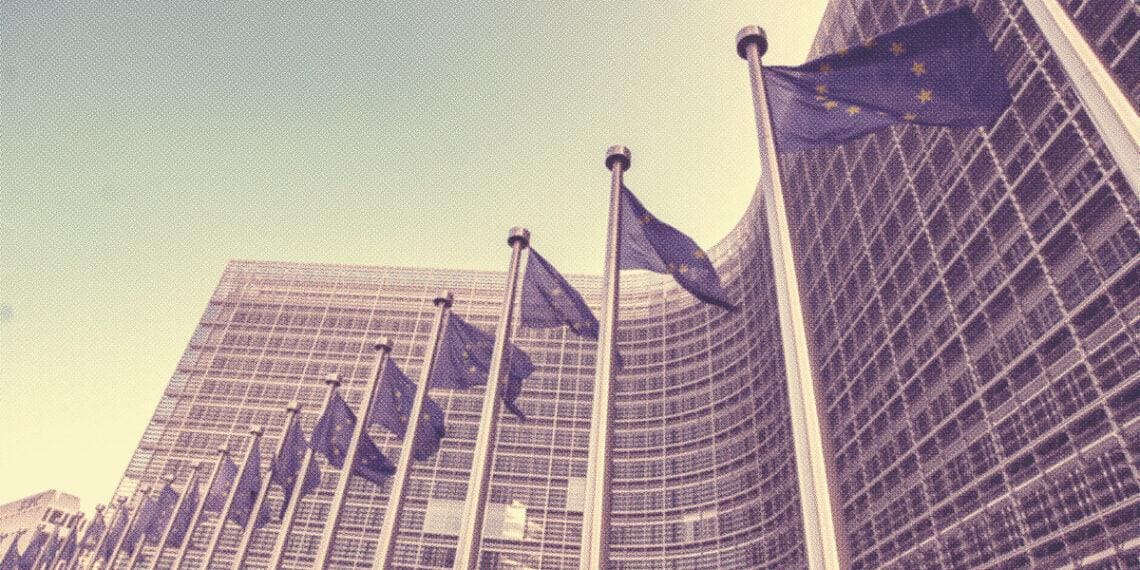We’ve all heard the benefits of taking a 30,000-foot view of a nagging problem. How about a 500,000-foot view of a huge challenge like supply chain transparency? LiveEO co-founder Sven Przywarra says compliance teams are in a position to do just that thanks to the proliferation of satellite-enabled data analysis and imaging.
As we near the end of 2023, humanity finds itself at a remarkable place, just at the precipice of a new technological revolution, encompassing AI, quantum computing and biotechnology. The compliance and risk management industry is, of course, not immune from the potential changes technology is poised to bring.
One of those changes, “new space,” refers broadly to the modern space race, fueled by companies like SpaceX as well as world governments that are enabling the space ecosystem to flourish. All of this activity is creating space-related use cases that nobody could have foreseen.
Consider the fact that the entire world is surveyed on a daily basis from space, in different formats. If you had petabytes of data at your fingertips — our planet, imaged every single day — what problem could you solve? You might as well ask yourself: What problem do I feel like solving?
In essence, there’s a satellite imagery angle to every issue out there. Different kinds of companies are sprouting every day — specifically, two types: those that construct and develop space infrastructure and those that build the systems and software on top of it.
Developing space hardware is, of course, expensive and time-consuming. As a result, the space sector is filled with companies deriving insights from the available data, which has marked a new age in compliance, particularly in supply chain sustainability.
Tracing an entire supply chain to make sure its practices are in line with company values and regulatory requirements is no easy task; myriad layers make it difficult to achieve transparency, and businesses struggle to tackle the task of impact monitoring. Satellite data simplifies this process each step of the way, especially when its evaluation is optimized with AI. Machine learning can automate the majority of analytical protocols or at the very least optimize the efficiency of human investigation.
For instance, by monitoring water bodies’ health and size with satellite images, firms in water-intensive industries like agriculture or mining can ensure their operations aren’t draining or contaminating local water sources. Through the observation of aspects like color and density, it is possible to infer information about the chemistry (and therefore health) of these bodies.
New Challenge for US Compliance and Risk Leaders: Aligning With EU Sustainability Directive
Despite the flurry of real and rhetorical backlash against ESG reporting in the United States, many U.S. companies will not be able to escape stringent sustainability reporting requirements emanating from the EU.
Read moreThe same observation principle is applied to factories to verify that hazardous waste is placed in approved areas and not contaminating nearby resources. In fact, it’s even possible to ensure these same factories aren’t releasing harmful toxins into the air by examining the color, thickness and even speed of smoke they release. Experienced analysts can even deduce what is being produced in these centers based on the smoke’s composition.
Satellite data can help businesses track fishing vessel movements to make sure they don’t enter restricted areas and negatively impact nearby ecosystems. In the past, this process would take anywhere from weeks to months, but satellite data today can easily retrieve necessary information within days, and that data can then be analyzed and validated with confidence.
Another more recent example of the benefits of satellite data in compliance involve the newly enacted EU Deforestation Regulation (EUDR), the first wide-ranging law requiring companies importing soy, palm oil, cattle, cocoa, rubber, wood and coffee goods (and some specified derivatives) into the European Union to prove their products are free from deforestation. A massive undertaking, it involves the inspection of multiple steps within the supply chain, as well as the onboarding of millions of farmers, large and small. Satellite data promises to streamline the process by significantly reducing the time spent proving deforestation has not taken place in corresponding plots of land, so much so that the use of satellite imagery is encouraged in the legislation. Instead of having to conduct manual inspections, leveraging the resources orbiting the earth will make complying with the regulation more feasible.
Satellite use is not necessarily a completely new concept when it comes to meeting sustainable development goals, but the EUDR will set a new wave of awareness in motion thanks to the scope of the legislation. The products listed are so widespread that large and small enterprises will be affected, particularly in the food industry.
Importers will have plenty of responsibilities, such as conducting independent investigations and providing due diligence statements, as well as information about their suppliers. However, satellite data will simplify the bulk of these obligations for importers, allowing them to simply provide their suppliers’ GPS coordinates and receive historical data and recent information indicating the status of their plots, drastically reducing — if not eliminating — surveillance time on the ground.
Traditionally, sustainability verification in agriculture is done through countless work-hours reaching out to partners and suppliers and conducting in person investigations. In modern times, satellite data allows for detailed photographs to be taken showing actionable information, which one can then deduce valuable insights from. The improvement of technology will result in higher-resolution images, and lowering of launch costs will lead to the reduction of data prices. With increased visibility of these solutions, we will be able to see precisely what is occurring on the ground in real time within just a few decades. Soon, industries far and wide will be using satellite data to conduct compliance investigations.




 Sven Przywarra is co-founder of LiveEO, a VC-backed earth observation company.
Sven Przywarra is co-founder of LiveEO, a VC-backed earth observation company.











